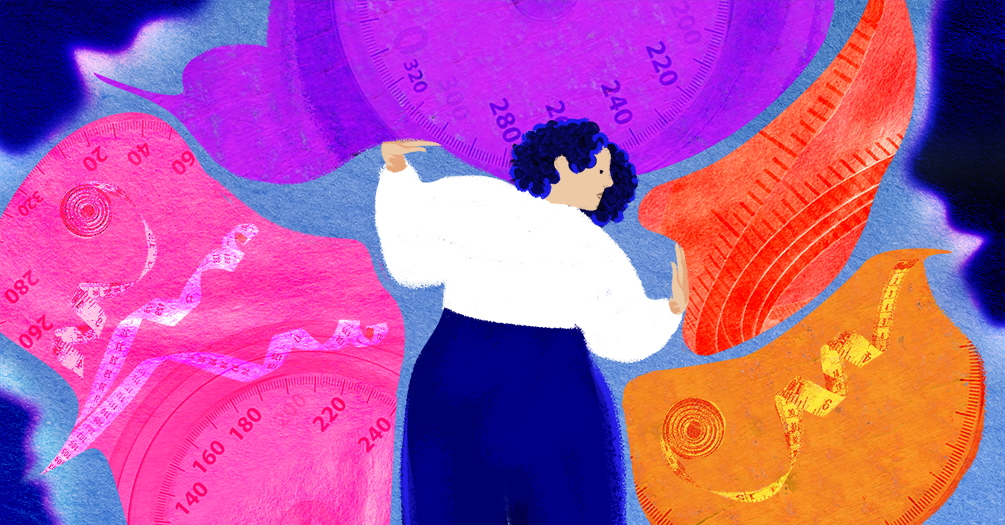
Hidden dangers: The cancer risks of environmental injustice
Justin Colacino
Justin Colacino, associate professor of Environmental Health Sciences and Nutritional Sciences, delves into the connections between pollution, environmental exposures, and cancer disparities.





